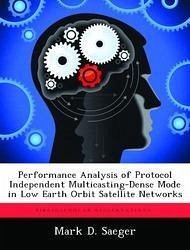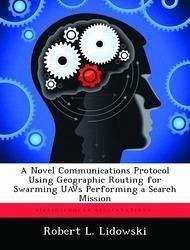Nicht lieferbar

Evaluation and Mission-Specific Optimization of Satellite Packet Telemetry Protocol for Use on DoD Flight Test Ranges
Versandkostenfrei!
Nicht lieferbar
The DoD range community has recognized that its Telemetry (TM) link abilities are quickly becoming obsolete. To date, the 40-year-old technology used in its telemetry systems has sufficed for DoD test ranges. However, with increasingly advanced weapons systems coming on- line, this "old" technology is no longer meeting the demands of modern flight-testing. There is an escalating amount of data that needs to be transmitted to ensure safety of flight and monitor vehicle performance, and mounting pressure to perform testing faster and more efficiently. In addition, the portion of the radio freque...
The DoD range community has recognized that its Telemetry (TM) link abilities are quickly becoming obsolete. To date, the 40-year-old technology used in its telemetry systems has sufficed for DoD test ranges. However, with increasingly advanced weapons systems coming on- line, this "old" technology is no longer meeting the demands of modern flight-testing. There is an escalating amount of data that needs to be transmitted to ensure safety of flight and monitor vehicle performance, and mounting pressure to perform testing faster and more efficiently. In addition, the portion of the radio frequency spectrum allotted to flight testing shrank significantly in 2001 when these frequencies were reallocated to support commercial telecommunications satellites. For these reasons, efforts are underway to improve TM systems at DoD test ranges. Over the past 15 years, the Consultative Committee for Space Data Sys tems (CCSDS) has recommended the establishment of a common framework for data services of spacecraft telemetry systems. The CCSDS recommendation, which was officially named a Range Commander's Council/Inter-Range Instrumentation Group (RCC/IRIG) standard in 2001, has been in limited use in the space community and will likely be applied in the test range community. The overall objective of this project was to evaluate the practical use of CCSDS in the DoD test range environment and determine the configuration of CCSDS protocol parameters that would maximize CCSDS performance based on mission requirements. A secondary objective was to compare the performance of CCSDS to the Asynchronous Transfer Mode (ATM) protocol in order to substantiate further exploration of using the ATM protocol, alone or in conjunction with CCSDS, in future DoD telemetry systems.









